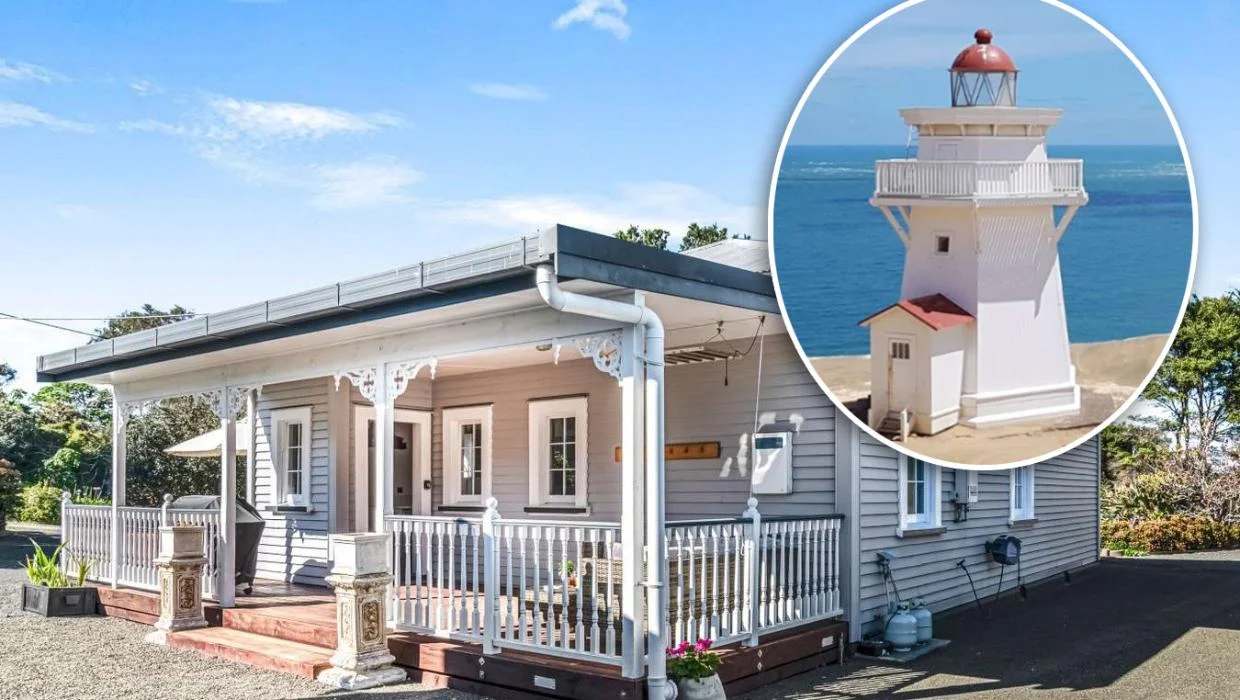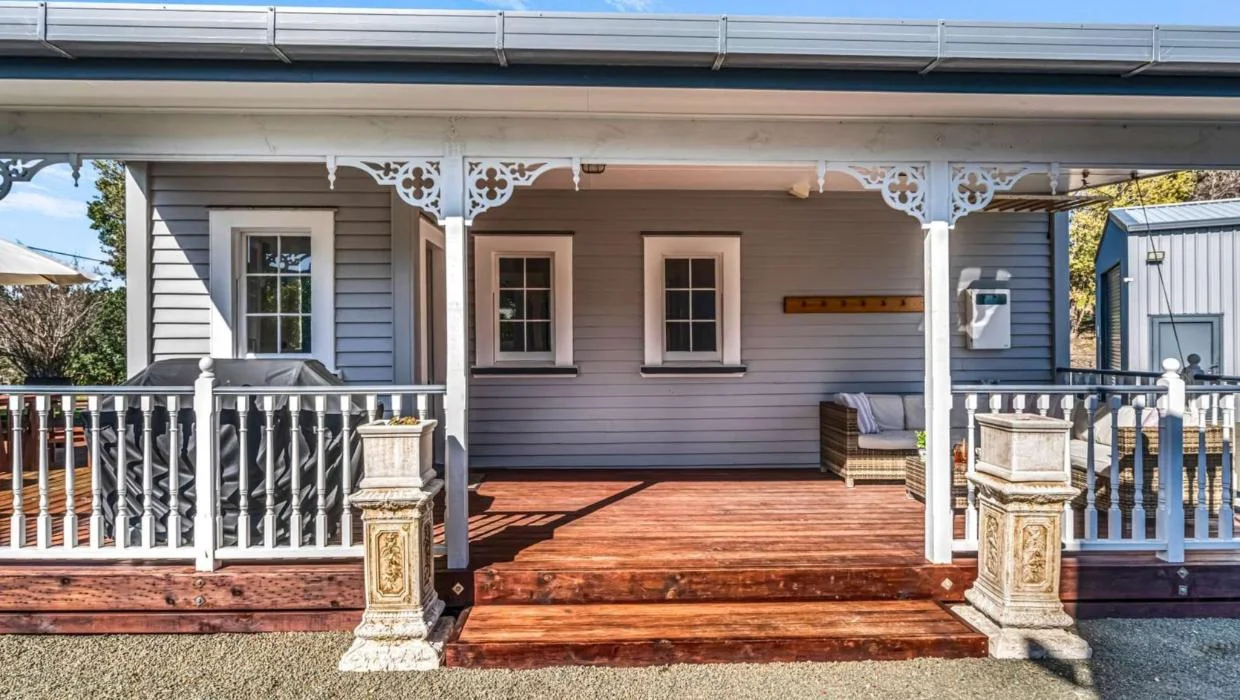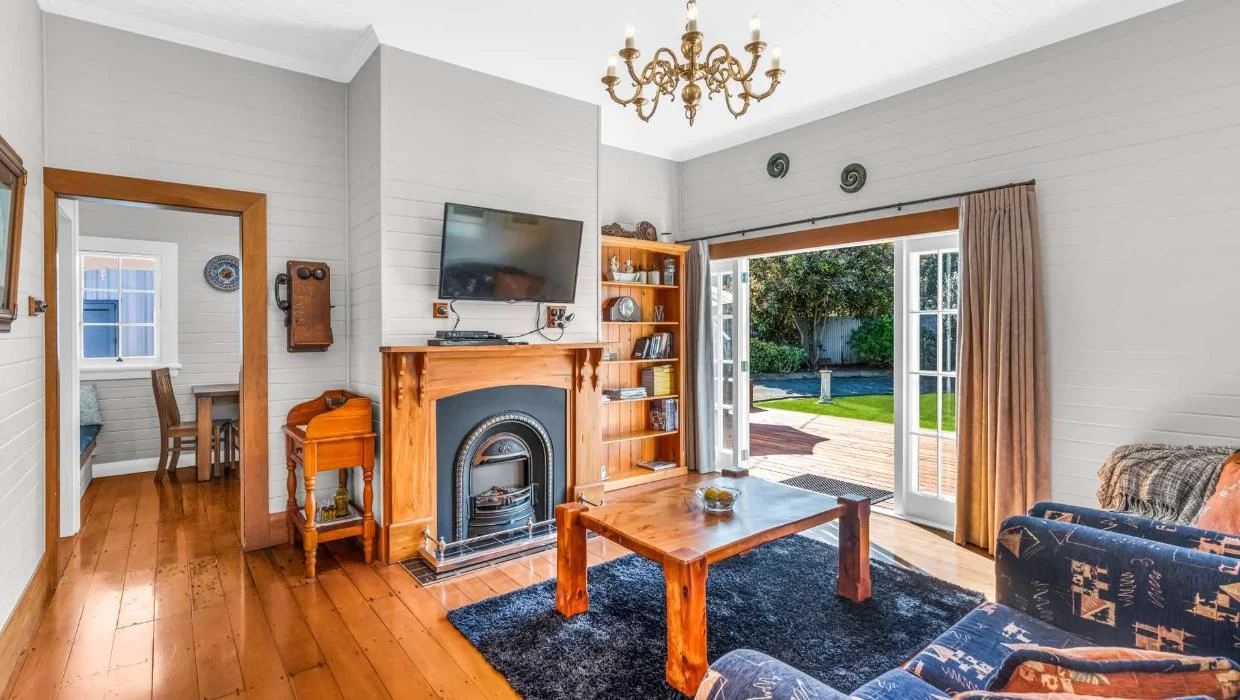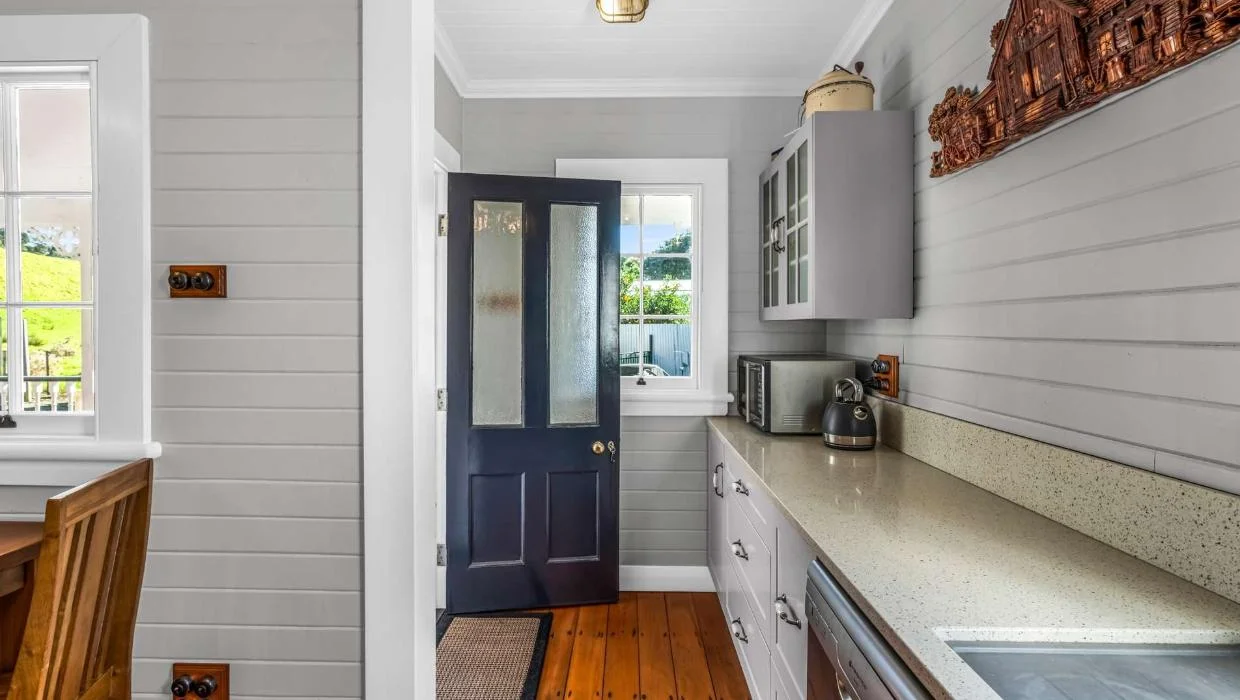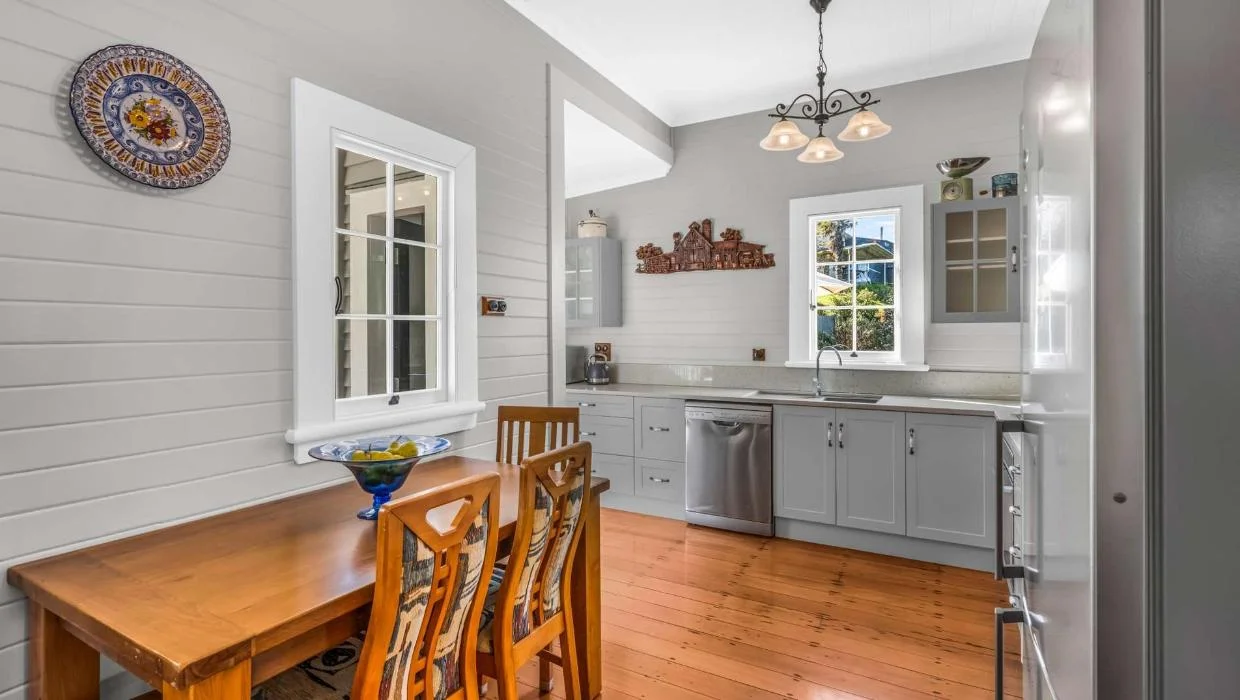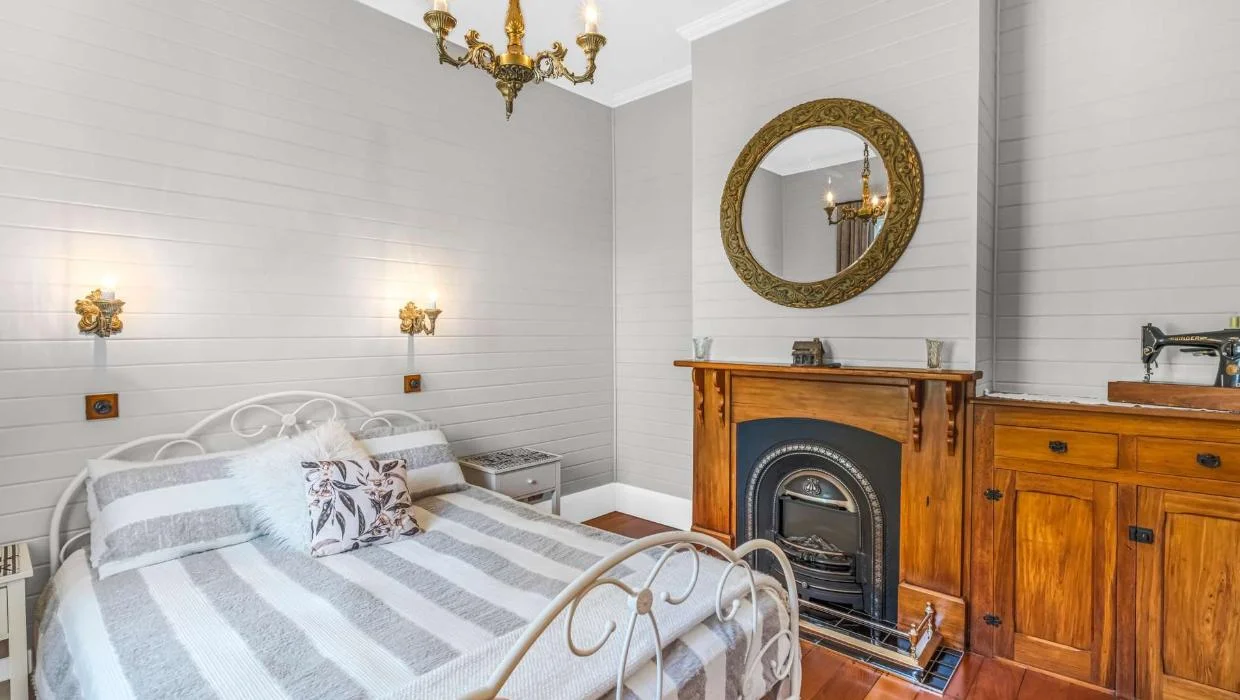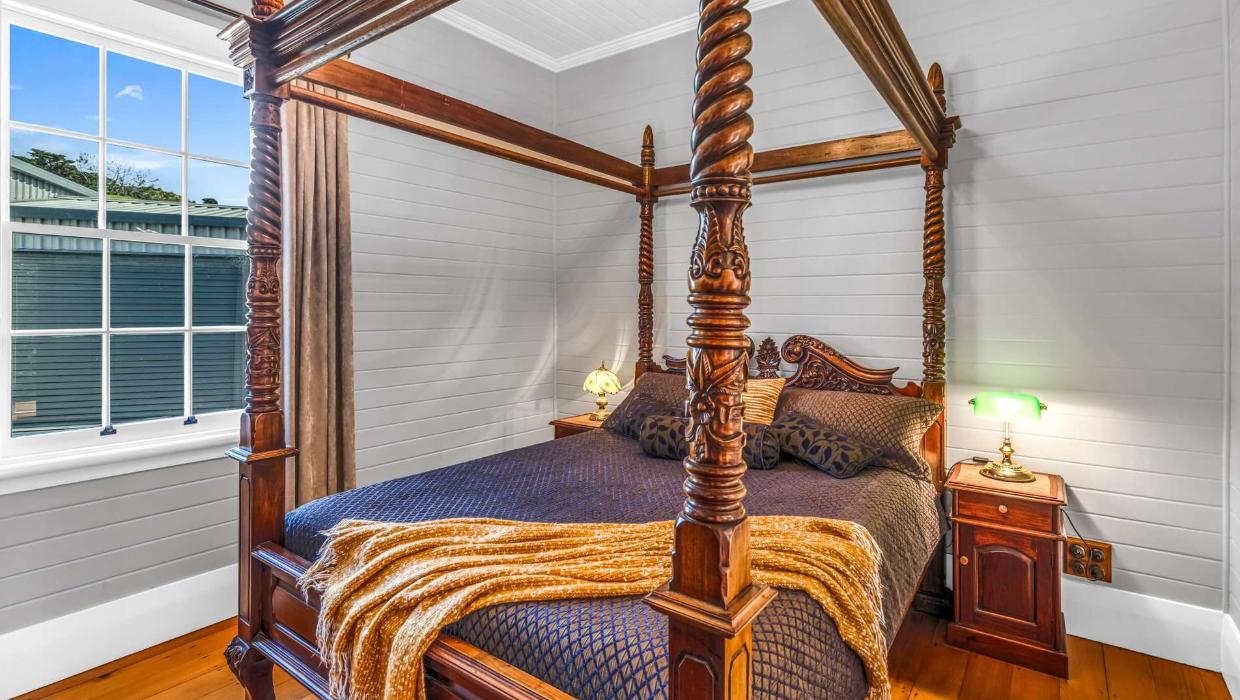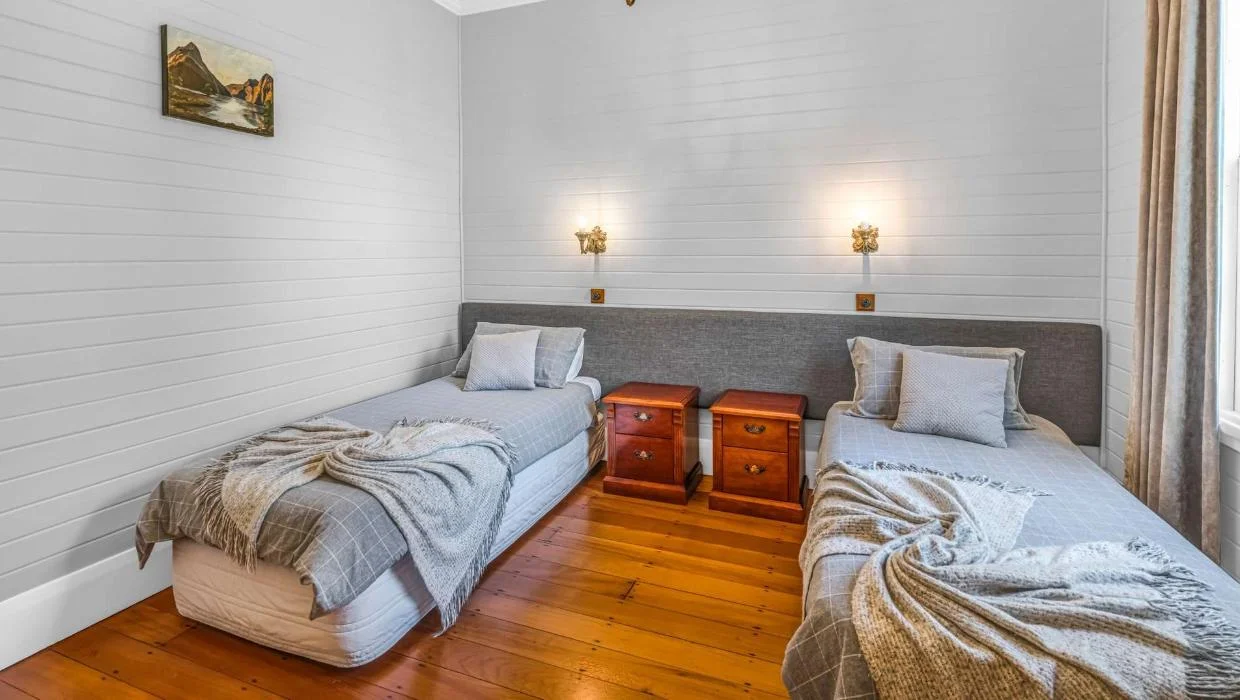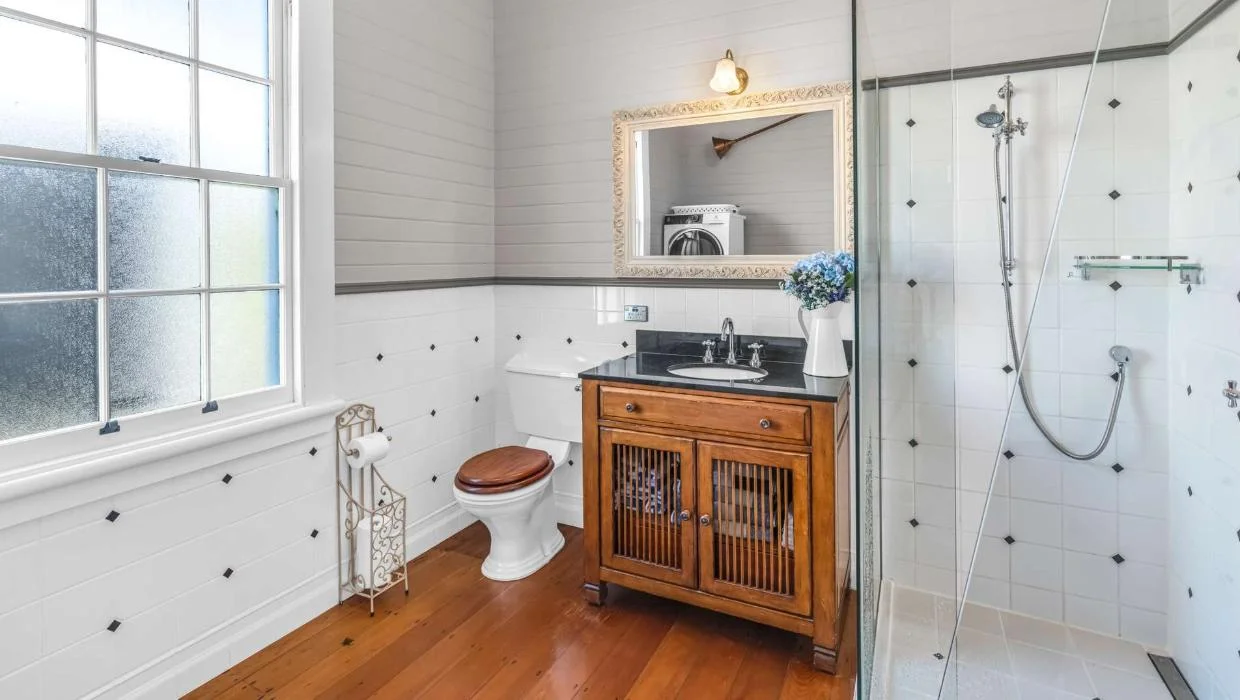Discover
Lighthouse keeper’s house on shipwreck coast is a treasure
The lighthouse keeper’s house and the lighthouse once sat next to each other, before the house was relocated.

With over 100 shipwrecks along the coast, it’s easy to see why the Kaipara North Head lighthouse in Pouto was needed 140 years ago - it was built in 1883-84 to guide ships across the Kaipara Harbour bar.
But Craig and Morag Rendle, the owners of the lighthouse keeper’s house built at the same time from the same kauri, say the trail of destruction from earlier wrecks is still apparent.
“Over 100 shipwrecks can be exposed, usually after an easterly storm,” Craig Rendle says. “Many are identifiable, like the Feronia which was lost in 1877. But even now some wrecks appear in places that locals have never seen before - then one or two tides later they disappear again.”
The lighthouse is one of only a small number of remaining timber lighthouses in New Zealand. It has a Historic Place Category 2 listing with Heritage New Zealand.
The Rendles know a lot of the local history. They’ve owned the lighthouse keeper’s house for the past nine years, undertaking a massive renovation to transform the cottage into holiday accommodation - they live just up the road.
The house, which they have named The Kauri Kottage, was likely designed by colonial architect William Henry Clayton, and it sat next to the Pouto lighthouse, as it is commonly called, for more than a century. You can read about the lighthouse here.
The owners are offering a qualified buyer the chance to spend a free weekend at the cottage so they can experience exactly what’s on offer, both at the property and in the area.
While no structural changes were made to the house, the restoration has transformed the interior. The kauri floorboards are 1-inch thick.
“The house is just as solid today as it would have had to be back then, in such a hostile environment,” Craig Rendle says. “It was used as a signalman’s house until 1947, and in the 1950s it was hauled around 8km to its current site [3 Signal Station Rd].”
Rendle says he was originally looking for a property on which to build a “man shed”, and this one ticked all the boxes. “But the idea of being able to restore the cottage to its former glory was definitely the icing on the cake.
But the property was in need of some serious TLC: “We started with a friends and family demolition and cleanup weekend on site, just so we could begin the process of building the sheds.
There’s a new kitchen designed in keeping with tradition.
The owners say in places they peeled through seven layers of paint, stripping every single board, inside and out, back to the bare timber.
“Then we turned our attention to the cottage. As there were no structural changes required, we just replaced like with like to keep everything as original as possible, and we added some decks and detailing.”
Rendle says it took a full 12 months to complete, with every timber board inside and out, including the ceiling, sanded back to bare wood.
“We encountered up to seven coats of different coloured paints in parts. Although Morag and I did the hard yards sanding and prepping we did use professional painters from Auckland to apply the new paint. They were magnificent, and took personal pride and ownership in the restoration project, and it shows in the quality of the finish.”
The house is currently set up to host guests - the owners live close by.
Despite its small size, the cottage has three bedrooms.
The house has also been completely rewired, and the couple even managed to source an antique light and power switch to keep the authenticity of the era. At every turn, they wanted to retain the period charm, acquiring several "closing down specials“ from Bungalow & Villa, including the ceiling roses and bannisters.
Morag took responsibility for the interior design and styling, tracking other antiques and fixtures, furniture and floor runners from all around the country.
The unusual “newspaper” splashback comes from a 1956 newspaper found in the back of an old mirror in the house. “One advertisement claims smoking ‘soothes your throat’.”
Painting all the rooms the same shade of light grey has increased the sense of space.
Even the refitted bathroom maintains the period style.
Other significant features include the one-inch-thick kauri floorboards.
The 100m² cottage has three bedrooms and French doors in the living room that open out to the large deck. There’s a covered verandah that functions well as an additional living space.
Other buildings on the 1120m² site include two high-access Colorsteel sheds with electric doors and space for boats, tractors or campervans, and garaging for multiple vehicles.
The Rendles say they are only selling because their first two grandchildren have arrived - two daughters for their two sons’ families - and they wish to move closer to them.
They hope the cottage will sell to someone who is equally passionate about the lighthouse heritage.
Free weekend for ‘qualified buyer’
The lighthouse keeper’s house at 3 Signal Station Rd, Pouto, Kaipara has an asking price of $1 million. It is listed with Megan Hetges of Arizto Real Estate who says a qualified buyer showing commitment will be invited to spend a free weekend at the house to experience it for themselves.
There are many antique fixtures and fittings in the house. An old newspaper features behind the glass splashback.
The owners have also listed their 404m² home at 6577 Pouto Rd, Kaipara. Lighthouse Lodge has a stunning view out across the Tasman Sea. That property is listed with Raine & Horne and for sale by negotiation.
The owners say there is plenty to do in the area - the new Pouto Wharf is just 200m away, inviting fishing. And Ripiro Beach delivers all the expected West Coast beauty and drama, plus those shipwrecks.
Author
Discover More
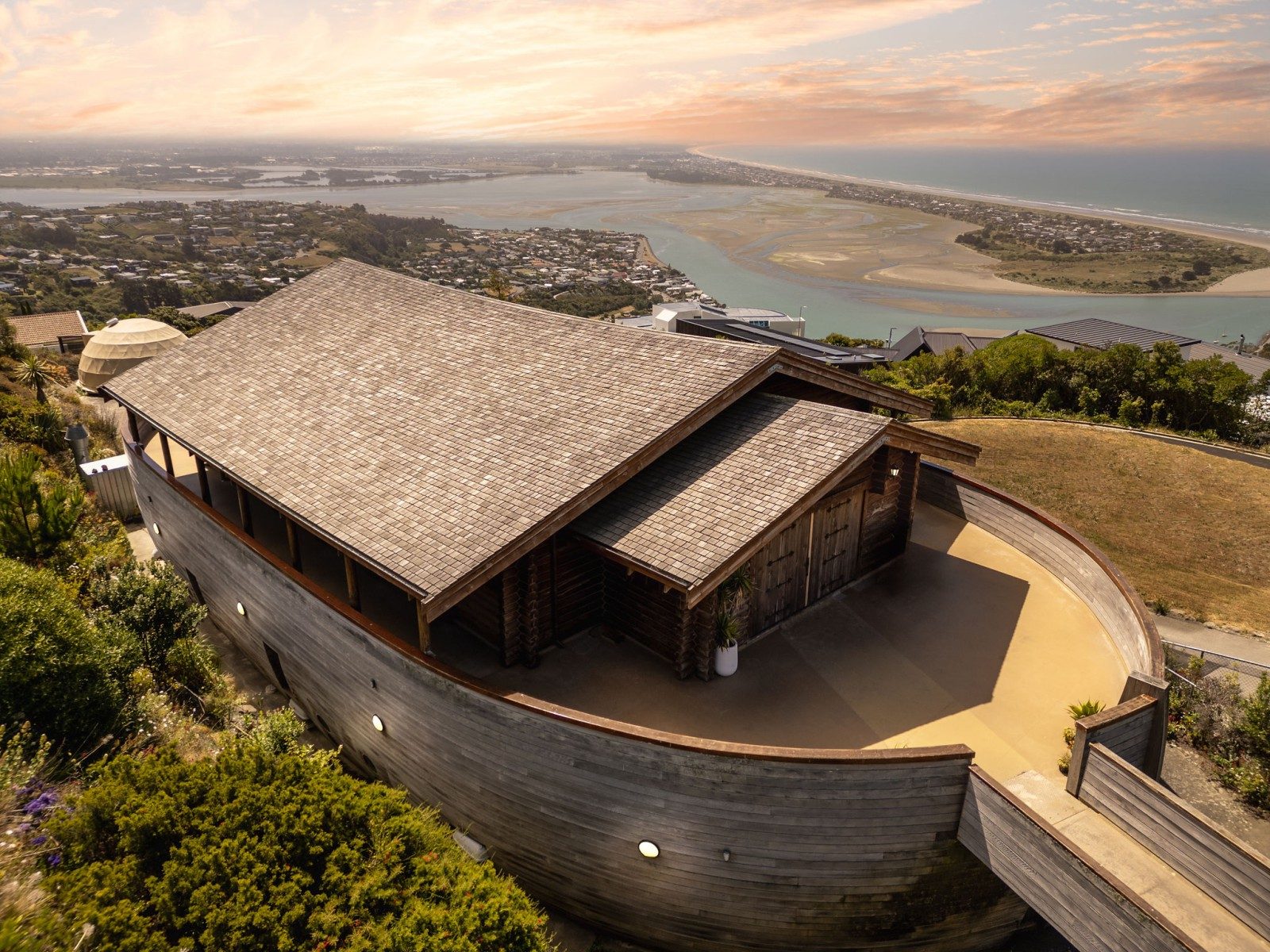
Trade Me’s most-viewed property listings of 2025 revealed: From an ark house to a golden retriever homestay
Needing inspiration? Trade Me's compiled the most popular property listings of 2025, see the homes Kiwi love to look at

1800s landmark Christchurch house looking for new owners
A post-earthquake makeover has restored the splendour of this landmark house in Christchurch, which is for sale.
Search
Other articles you might like
